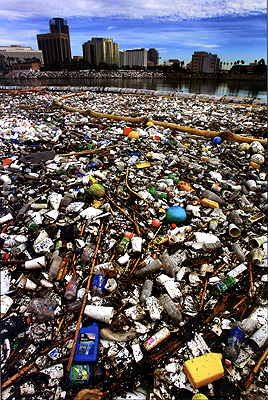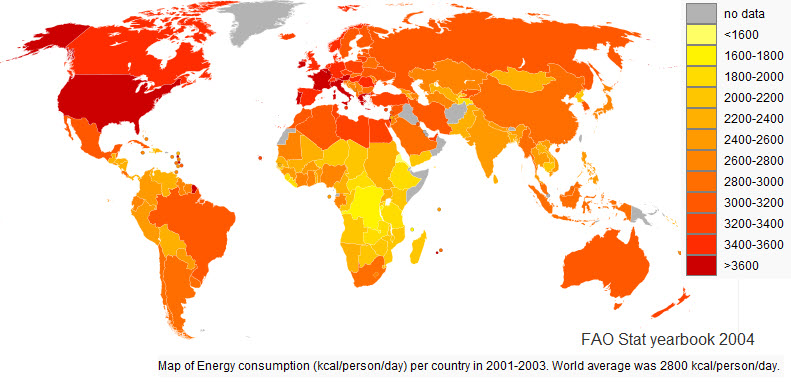 China is part of the global Co2 emissions problem. So is the U.S and if you ask Al Gore, so are humans for breathing. (Well excuse me for breathing, Al!)
China is part of the global Co2 emissions problem. So is the U.S and if you ask Al Gore, so are humans for breathing. (Well excuse me for breathing, Al!)
Today, there are a few companies that are involved with the clean up of the “dirty fuels,” but none that are making much headway it appears from these graphics. That is now….
Whatever the outcome, we are quite sure that electricity is going to gain favor and that will benefit coal companies such as Consol Energy (CNX) and Patriot Coal (PCX). Of course there is wind, solar and hydro that will start to come into play when they are economically feasible, but we need to remember that
(Click on graphic for interactive)
We have a hot debate brewing over global warming in Copenhagen with sides clashing about the facts. Either way, it would be a “nice” idea to clean up any pollution that we are spewing into the atmosphere. Even if there is no global warming, we all have to agree that any non-essential waste needs to be curtailed. ( I don’t even want to think about the amount of sewage and sludge that we pump into our ceans on a daily basis)
Never the less, the U.S. is a great consumer of energy as can be seen from the chart below. Whether we want to or not, it is in our best interest to find the most cost effective and least polluting source for our future energy.
Reliance on the
From WSJ:
In the fight against global warming, some of the biggest gains are to be made in scrubbing carbon from coal-burning power plants. China and the U.S. together have 44% of the world’s coal reserves, and aren’t about to give up on the cheap and reliable source of power. According to U.S. government projections, world coal use could increase nearly 50% by 2030.
“If emissions aren’t reduced from power plants, global warming cannot be avoided,” says Jonathan Lewis, a climate specialist at the U.S.-based Clean Air Task Force, which has sought to pair U.S. utilities with Chinese companies. “The solution can be led by the U.S. and China.”
Capture technology traps carbon dioxide gasses released by coal plants. The gas can be pumped deep underground, typically into salt caverns or aging oil fields. The carbon can be stripped either before or after the coal is burned. Post-combustion capture is simpler and can be retrofitted on existing power plants. Current versions cut energy output by a fifth or more.
___
Disclosure: Horowitz & Company clients may hold positions of securities mentioned as of the date published.


















